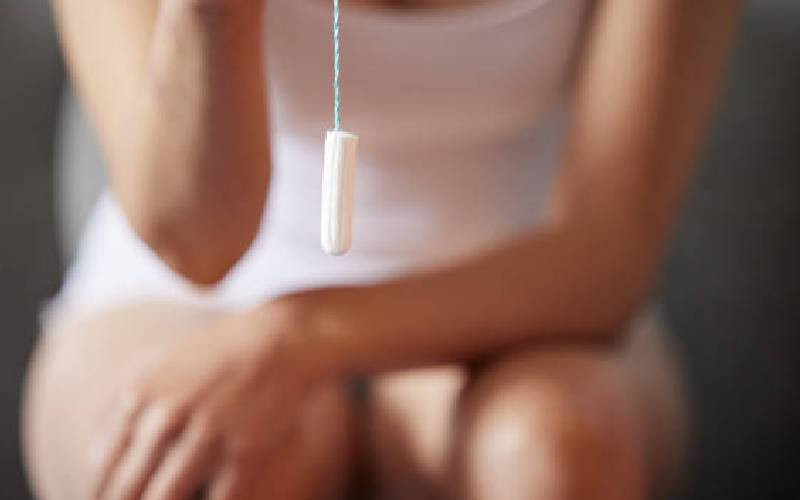
Researchers have uncovered a potential health concern affecting millions of women globally: toxic metals lurking in tampons.
Their investigation detected amounts of up to 16 metals, including lead, arsenic, and cadmium, in common tampon brands.
This discovery published in the journal Environment International, raises unnerving questions about the safety of feminine hygiene products used by over half the global population often for most of their adult lives.
The most alarming finding was the presence of lead in every single tampon tested. Lead, a potent neurotoxin, is toxic at any level of exposure, according to health experts. Its detection in a product used internally by menstruators for hours at a time is particularly concerning given the highly absorptive nature of vaginal tissue.
“Despite this large potential for public health concern, very little research has been done to measure chemicals in tampons,” says lead author Jenni Shearston, a postdoctoral scholar at the UC Berkeley School of Public Health and UC Berkeley’s Department of Environmental Science, Policy, & Management, in a media release. “To our knowledge, this is the first paper to measure metals in tampons. Concerningly, we found concentrations of all metals we tested for, including toxic metals like arsenic and lead.”
Presently, it’s unclear what impact these metals are having on the well-being of women using tampons. The researchers say future tests will have to look into how much of these chemicals are being absorbed into the human body and whether other chemicals are leaching out of tampons.
- Menstrual hygiene fete brings hope to Samburu
- To end period stigma, let men and boys be part the solution
- Oouch! my tummy!: Menstrual cramps in women causing duty absconding
- Scholar's initiative on pads strives to achieve menstrual equity
Keep Reading
The team analysed 60 tampon samples representing 30 individual tampons from 14 different brands. They purchased “widely available” tampons from stores across the globe, including both name-brand and store-brand products.
To test for metals, the scientists used small samples from each tampon’s absorbent core and outer coat. These samples were then acid-digested and analysed using a sophisticated technique known as inductively coupled plasma mass spectrometry (ICP-MS). This allowed the researchers to detect even small amounts of metals in the tampon material.
While lead was the most alarming discovery, it wasn’t the only concerning find. The study detected arsenic in 95 per cent of samples and cadmium in all samples. Both these metals have toxic effects on human health.
Zinc and calcium were the highest concentrations, and while these are not usually considered toxic metals, their presence in such high amounts raises eyebrows about manufacturing processes and potential health effects.
Lead was higher in non-organic tampons and arsenic was higher in organic ones.
However, the study authors pointed out that during the research, they didn’t investigate whether the metals in tampons can leach out of the tampons and cross into the bloodstream through vaginal tissue.
While the study covered a range of common global brands and types, it may not be fully representative of all tampons on the market as they didn’t check all tampon brands.
The authors hope the findings open up a new area of concern in women’s health and product safety. Tampons are used by millions of people, and the potential for long-term, repeated exposure to even tiny amounts of toxic metals calls for serious consideration.
“Although toxic metals are ubiquitous and we are exposed to low levels at any given time, our research findings clearly show that metals are also present in menstrual products and that women might be at higher risk for exposure using these products,” says a study co-author Kathrin Schilling, assistant professor at Columbia University Mailman School of Public Health.
“I hope that manufacturers are required to test their products for metals, especially for toxic metals,” adds Shearston. “It would be exciting to see the public call for this, or to ask for better labelling on tampons and other menstrual products.”
 The Standard Group Plc is a multi-media organization with investments in media platforms spanning newspaper print
operations, television, radio broadcasting, digital and online services. The Standard Group is recognized as a
leading multi-media house in Kenya with a key influence in matters of national and international interest.
The Standard Group Plc is a multi-media organization with investments in media platforms spanning newspaper print
operations, television, radio broadcasting, digital and online services. The Standard Group is recognized as a
leading multi-media house in Kenya with a key influence in matters of national and international interest.











